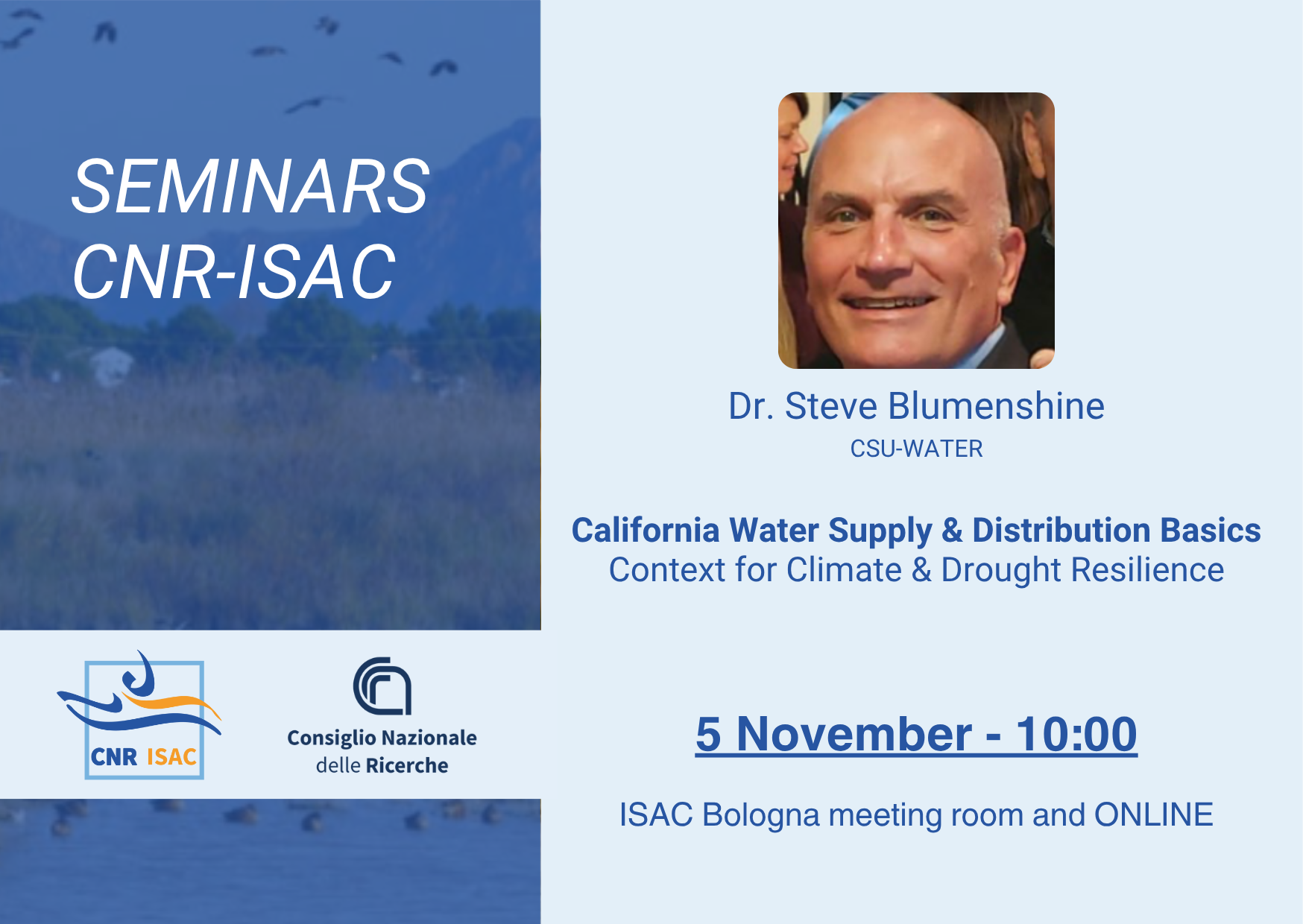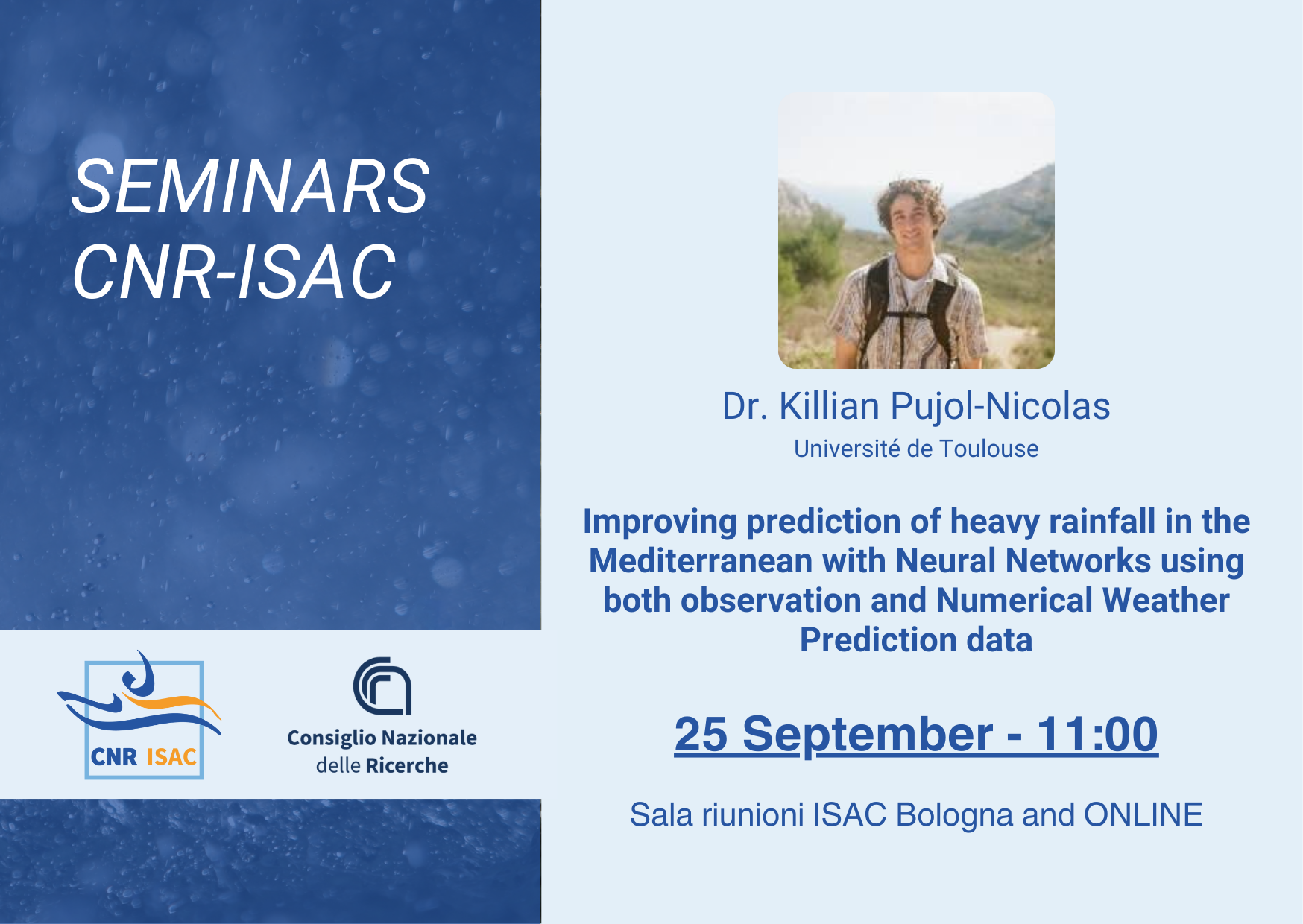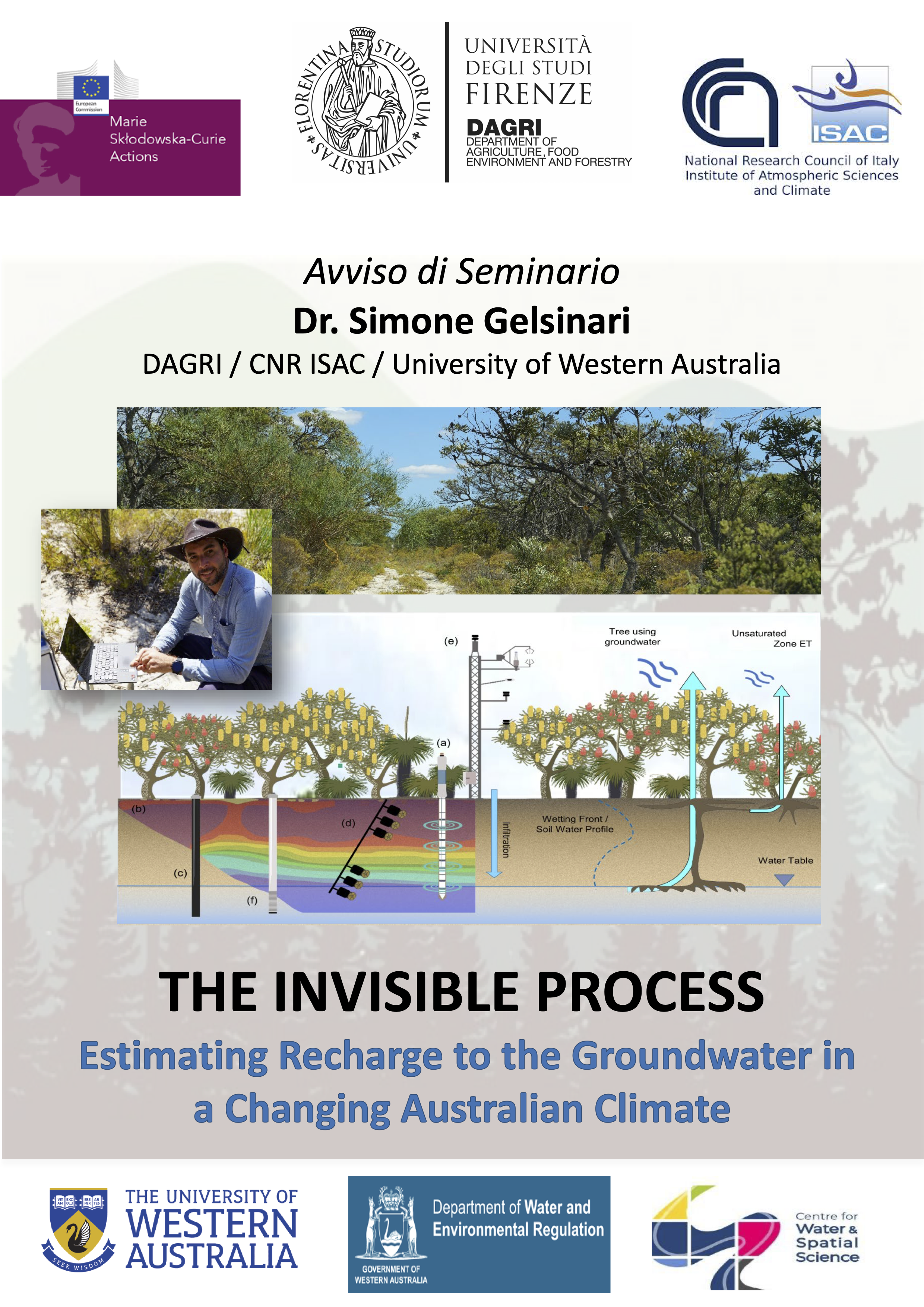California Water Supply & Distribution Basics; Context for Climate & Drought Resilience
Abstract
California’s water system is among the most complex and engineered in the world, spanning vast geographic, climatic, and institutional scales. Its two major interlinked conveyance networks, the State Water Project (SWP) and the Federal Central Valley Project (CVP), collect, store, and transport water over ~1000 km from northern headwaters to southern agricultural and urban centers. Together, they sustain irrigation for >1.2 million ha of farmland and provide drinking water for more than 23 million people. However, these systems—originally designed in the mid-20th century—now face mounting challenges from climate change, ecosystem degradation, and groundwater depletion. Reduced snowpack, intensifying droughts, and shifting precipitation patterns strain both surface and subsurface storage, with cascading consequences for the state’s energy, agriculture, and ecological resilience. Substantial groundwater losses due to agricultural pumping during droughts (up to ~15,000 cubic hectom), highlighting the urgency of sustainable management. Implementation of the Sustainable Groundwater Management Act (SGMA) and investments in drought resilience innovation programs represent critical steps toward adaptation. Yet, balancing competing demands among agricultural, urban, and environmental sectors remains a formidable task. This seminar explores these ‘basics’ of California water and just some of the many technical, ecological, and policy dimensions of California’s water infrastructure under climate stress, including interdependencies between energy use, biodiversity, and water supply reliability. By integrating hydrological science with adaptive governance, California’s water future offers a global case study in managing scarcity within complexity. What can we learn from other countries in similar situations?
Bio
Steve Blumenshine is the Executive Director of CSU-WATER. CSU-WATER (Water Advocacy Towards Education and Research) develops and strengthens water research and scholarship in the California State University System and throughout CA in collaboration with external partners and other water stakeholders. These efforts focus on including faculty and students throughout the 23 campus CSU System to address critical water resource issues and agricultural, urban, and environmental water allocations. We focus heavily on connecting students with agencies to support urgent water workforce needs. CSU-WATER also engages in research including climate, energy, and community issues. Prior to CSU-WATER, Steve was the Director of the Research & Education Division of the California Water Institute at Fresno State. He was a faculty member for 20 years in the Fresno State Biology Department where he taught and operated a very active freshwater & estuarine research lab with many students and external collaborators. Blumenshine’s international water research experience includes two U.S. Fulbright Awards, and engagement in Thailand, Germany, Israel, Switzerland, China, Australia, and Spain. His degrees include a PhD from the University of Notre Dame, MS from George Mason University, and BS at the University of Wisconsin.




